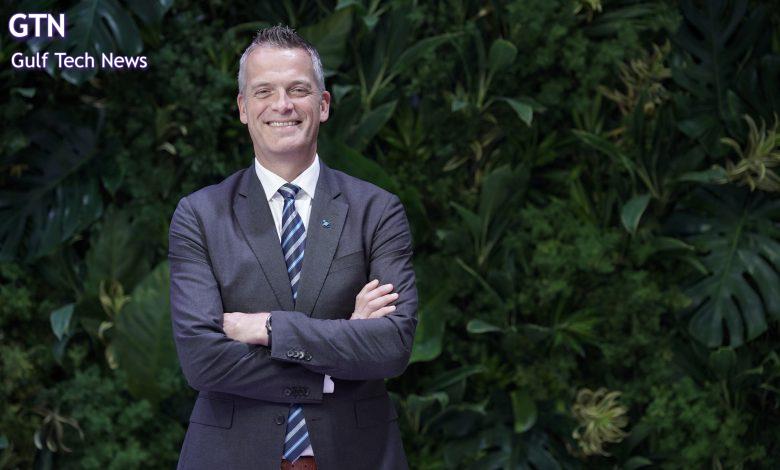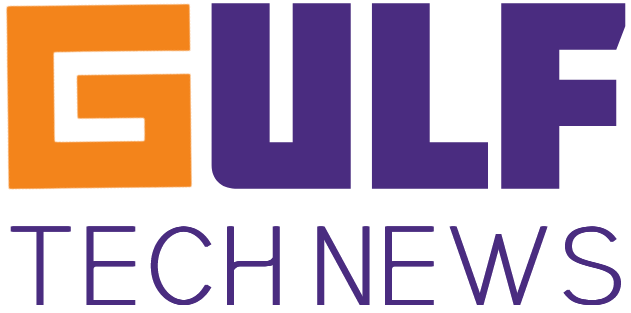Ericsson Mobility Report: 5G will outpace 4G in 2027

- The November 2024 edition of the Ericsson Mobility Report predicts that 5G mobile subscriptions will make up 60 percent of total subscriptions by 2030, reaching 500 million in Middle East and North Africa.
- The report includes case study from stc on ‘A multi-New Radio (NR) carrier strategy for best performance’.
- Globally, the first 6G deployments are expected in 2030, building on and scaling the capabilities of 5G SA and 5G Advanced.
The November 2024 edition of the Ericsson (NASDAQ: ERIC) Mobility Report, extends the forecast period until the end of 2030 and projects that global 5G subscriptions are expected to reach almost 2.3 billion by the end of 2024, amounting to 25 percent of all global mobile subscriptions.
5G subscription numbers are expected to overtake the global number of 4G subscriptions during 2027.
In the Middle East and North Africa (MENA) region, mobile subscriptions are projected to grow by 2 percent annually from 2024 to 2030, reaching 830 million.
2G and 3G subscriptions are expected to decline, as service providers in MENA are looking into sunsetting these networks to reallocate spectrum for 4G and 5G. By 2030, 4G will account for 37 percent of total subscriptions, while 5G will experience significant growth, making up 60 percent of total subscriptions.
The expanding availability of 5G networks, coupled with growing consumer demand and more affordable devices, is expected to transform the region’s telecom industry over the next decade.
The 40-page report also includes a case study article with stc in the Kingdom of Saudi Arabia (KSA) titled “A multi-New Radio (NR) carrier strategy for best performance”.
To provide a good 5G user experience, stc initiated a strategy in 2020, that evaluates the impact of Frequency Division Duplex/Time Division Duplex (FDD/TDD) carrier aggregation and its ability to expand 5G coverage and increase network capacity, while supporting higher peak rates.
stc’s strategy includes leveraging carrier aggregation as a cornerstone for improved 5G coverage and performance.
Håkan Cervell, Vice President and Head of Customer Unit stc, Saudi Arabia and Egypt at Ericsson Middle East and Africa, says: “The November 2024 Ericsson Mobility Report highlights the rapid growth of 5G, projecting that 5G will account for 60 percent of total mobile subscriptions by 2030 in Middle East and North Africa.
stc’s forward-looking strategy to deliver superior network experiences to customers by expanding its 5G mobile network coverage and capacity is bolstered by various enhancement techniques such as multi-New Radio carrier aggregation.
Ericsson is dedicated to supporting digitalization in Saudi Arabia, as we strive to boost connectivity and innovation in line with Saudi Vision 2030, to deliver exceptional 5G experiences that set new standards in the region.”
Globally, 5G Standalone (5G SA) and 5G Advanced are expected to be key focuses for communications service providers (CSPs) for the remainder of the decade as they deploy new capabilities to create offerings centered on value delivery rather than data volume.
Of about 320 CSPs currently offering commercial 5G services globally, less than 20 percent are 5G SA.
The densification of mid-band and 5G SA sites is seen as a key catalyst to capitalize on the full potential of 5G, including programmable and intelligent network capabilities.
Almost 60 percent of the 6.3 billion global 5G subscriptions forecast by the end of 2030 are expected to be 5G Standalone (SA) subscriptions. The first 6G deployments are expected in 2030, building on and scaling the capabilities of 5G SA and 5G Advanced.
Fixed Wireless Access (FWA) continues to grow in popularity globally as the second largest 5G use case after enhanced Mobile Broadband (eMBB).
The report also addresses how AI, including Generative AI Applications – already integrated across smartphones, laptops, watches and FWA products – could impact uplink and downlink network traffic, driving potential mobile traffic growth beyond current baseline predictions.
Ericsson will host Ericsson Mobility Report online seminars at 09.00 (CET) and at 18.00 (CET) on Tuesday, December 3. To join please register via this link.
Read the full November 2024 Ericsson Mobility Report via this link.
Based on unique Ericsson and partner network insights, the Ericsson Mobility Report has been the key industry reference for network data, performance, statistics, and forecasts since its launch in 2011.


